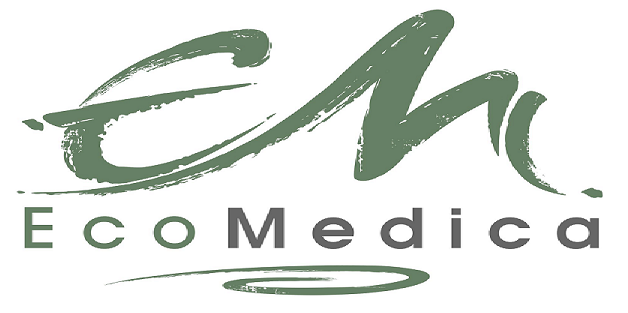Unfortunately, one of the byproducts of having chronic infection and chronic inflammation, is an acceleration in aging. This is likely due to continuous endotoxemia caused by the toxins that Borrelia, Bartonella, and other bacteria release into the bloodstream. These toxins probably erode tissue integrity and cause the continued production of proinflammatory molecules to be released by immune cells, rendering them “fatigued.” When over worked, immune cells just like any other cell, have a reduced capacity to perform their natural function which leads to a state of being immunocompromised. This physiological state predisposes patients to be particularly vulnerable to ubiquitous pathogens in the environment, which a normal and healthy immune system would generally be able to fight. When a patient has Lyme Disease and co-infections , we often call these types of infections, secondary infections, and they can include: Epstein Barr virus, Chlamydia pneumonia, Mycoplasma pneumonia, Cytomegalovirus, Herpes viruses and Candida infections. All of these infections weigh heavily on the immune system, and decrease it’s ability to function properly.
Additionally, it is well known that chronic infection and inflammation increases intracellular free radical production and lipid peroxidation, which further compromises cellular function, especially in the mitochondria. This results in premature aging of the cells, which require more antioxidants such as glutathione, bioflavanoids, vitamin E and vitamin C, melatonin, and n-acetylcysteine to help the body repair itself.
Internal aging is difficult to observe, however we can measure markers of inflammation and oxidative stress to give us clues regarding just how much cellular damage has been done. An anti-inflammation diet and techniques, coupled with anti-aging strategies can help halt the progression of cellular damage and optimize cellular function.

